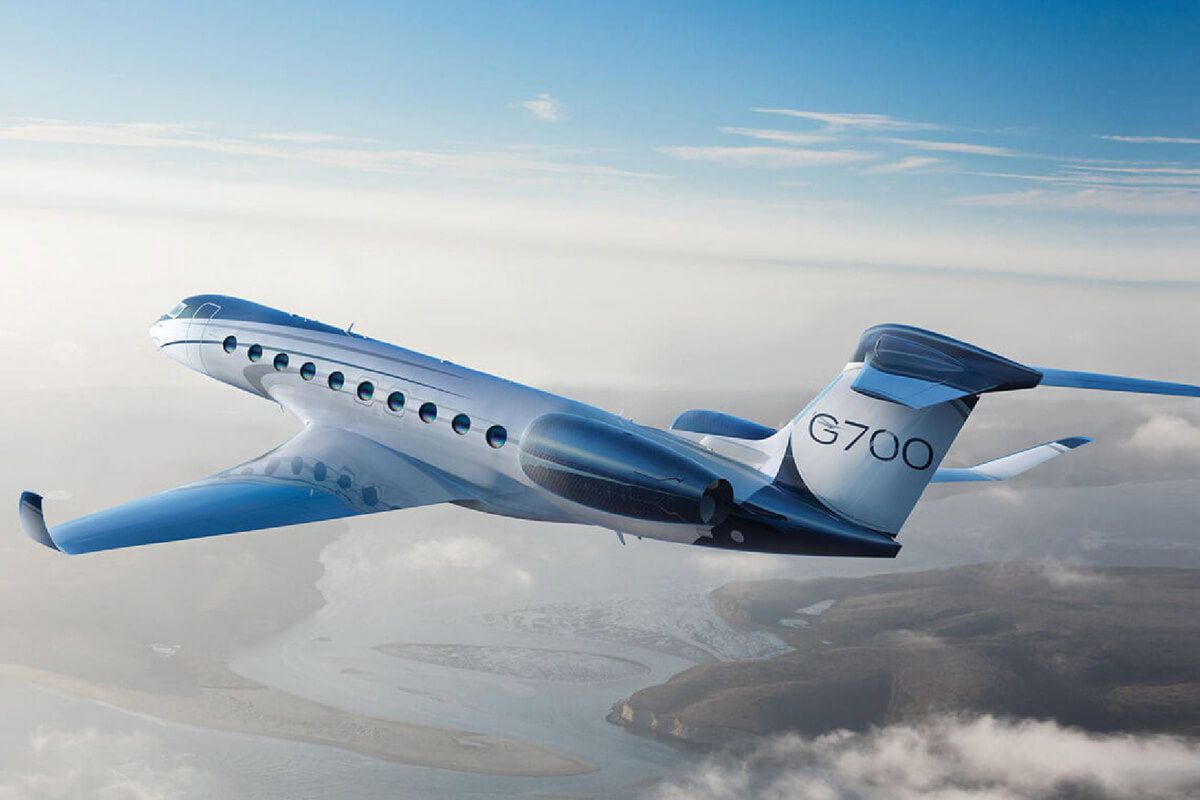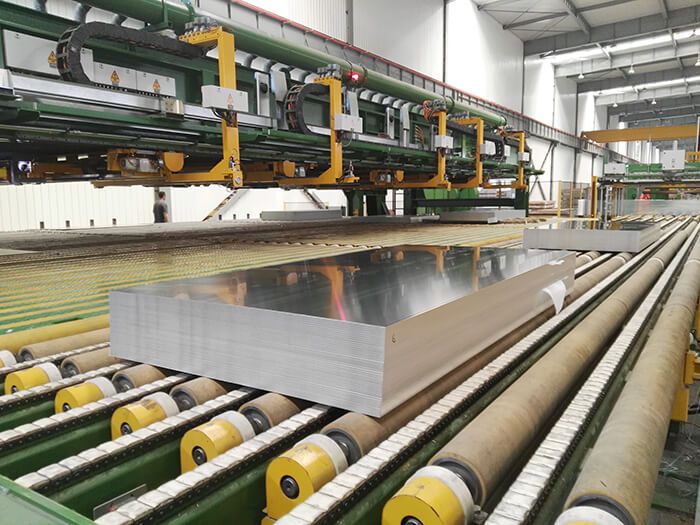What Is Aircraft Fuselage Skin
It refers to the dimension-shaped component that surrounds the aircraft frame structure and is fixed to the frame with adhesive or rivets to form the aerodynamic shape of the aircraft. The fuselage skin is a force-bearing member covering the outside of the frame. Its function is to form a streamlined outer surface of the wing.
The fuselage skin and the frame should have a large bearing capacity and rigidity, but its own weight is very light, which can bear and transmit aerodynamic loads. After the skin is subjected to aerodynamics, the force is transmitted to the connected fuselage wing frame. It is also in direct contact with the outside world.
Therefore, the fuselage skin material is required to not only have high strength and good plasticity, but also have smooth surface and excellent corrosion resistance. Duralumin and super duralumin are widely used in modern aircraft fuselage body.

Aluminium Alloys Are Used to Make Aircraft Body
Boeing 747
It is the world’s first wide-body civil aircraft produced by the Boeing Civil Aircraft Group of the United States. The Boeing 747 is a four-engine aircraft that can be used for passenger, cargo, military and other purposes.
Aluminum alloys for aircraft body: 2524,2024, 7075
Boeing 777
The Boeing 777 is a large-scale civil airliner launched by the Boeing Company in the 1990s. Most of the materials used are mature materials in the late 1980s and early 1990s, or commercialized materials in the 1990s. Therefore, its selection of materials is very classic.
Aluminum alloy for fuselage skin: 2524-T3
Airliner A380
A380 aircraft body structure has used large amount of aluminium alloy, accounting for 61% of the weight. The composite materials accounts for 25%, iron and steel account for 10 %,others account for 4%.
Aluminum alloy for aircraft fuselage: 2024 and 2524
ARJ21
ARJ21 regional airliner is an aircraft with independent intellectual property rights developed by China in accordance with international standards. ARJ21 includes basic models, freight models and business models.
Fuselage skin aluminum alloys: 2024, 2324, 2524, 7475
Development of Aircraft Aluminum Alloy
 The classic 2024 aluminum plate has also developed a series of improved grades, such as 2124, 2224, 2324, etc., by reducing the content of Fe and Si impurities. The theory and technology of alloy purification and microalloying promotes the development of the third generation high-strength and high-toughness aluminum alloys.
The classic 2024 aluminum plate has also developed a series of improved grades, such as 2124, 2224, 2324, etc., by reducing the content of Fe and Si impurities. The theory and technology of alloy purification and microalloying promotes the development of the third generation high-strength and high-toughness aluminum alloys.
In response to the high damage resistance requirements of aircraft fuselage skin, Alcoa has successfully developed high damage resistance 2524 by further reducing the content of impurities such as Fe and Si, adding microalloying elements, optimizing the main alloy composition.
Super strong, high toughness and corrosion resistantence7055-T77 alloy and high damage resistance 2524-T39 alloy have been successfully applied to the upper wing panel and fuselage skin of B777, which are regarded as typical representatives of the fourth generation of aviation aluminum alloy.
In order to meet the advanced welding requirements and forming needs of the fuselage skin and wing wall panel of large aircraft, Al-Falumin has developed 6056, 6156, 2022, 2023,etc.
Typical Aircraft Aluminum Grades
2024 Aluminum Plate: Alulminum alloy 2024 is a typical duralumin alloy-Al-Mg-Cu aluminum alloy, with 4.5% copper, 0.6% manganese and 1.5% magnesium. It is of reasonable composition and good overall performance. 2024 aluminum also features high strength, a certain degree of heat resistance, can be used as working parts below 150 ℃.
7075 Aircraft Aluminum: High-strength aluminum alloys are mainly used for aircraft fuselage parts, engine compartments, seats, control systems, etc., and are the most widely used. 7075 aluminum plate belongs to the Al-Zn-Mg-Cu super hard aluminum.
2524 Aluminum Alloy: 2524-T3 Al plate has a nominal composition (%w.t) of 3.84% Cu, 0.04% Si, 0.06% Fe, 1.31% Mg, 0.56% Mn, 0.029% Ti, 0.01% Zn with the made up of Al.

没有评论:
发表评论